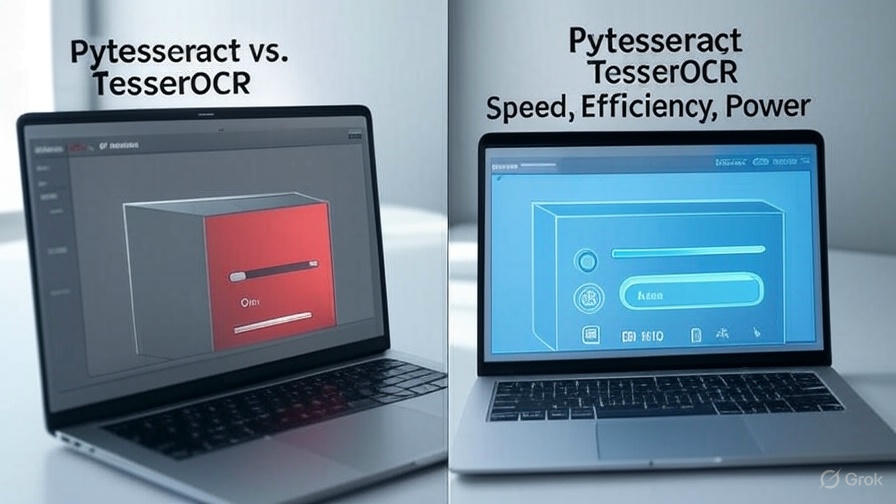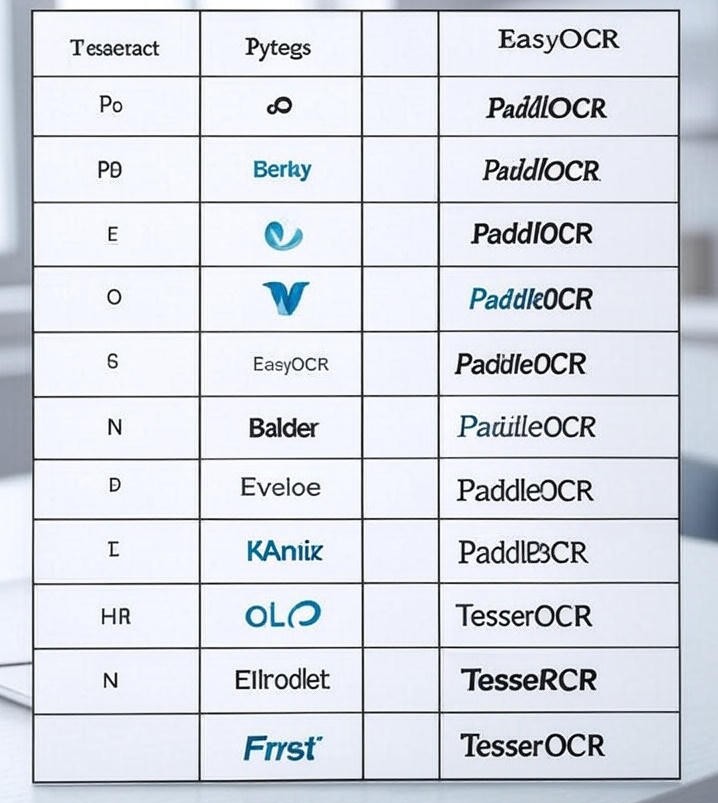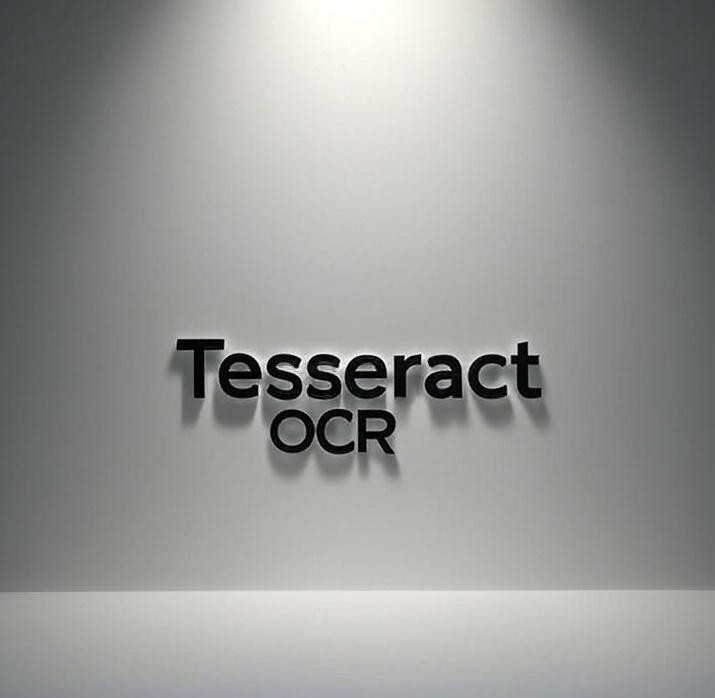Why Pytesseract Falls Short
Pytesseract is a Python wrapper for Tesseract’s command-line interface (CLI), which makes it beginner-friendly but introduces inefficiencies. Here are its key drawbacks:
While Pytesseract is adequate for simple, one-off OCR tasks, its limitations make it less viable for advanced or high-performance use cases.
Benefits of TesserOCR Over Pytesseract
TesserOCR, built with Cython to interface directly with Tesseract’s C++ API, addresses Pytesseract’s shortcomings and offers significant advantages:
Optimizing TesserOCR with Manual Caching
While TesserOCR does not natively cache OCR results for identical images (a process sometimes referred to as memoization), you can implement this manually to avoid reprocessing the same image. This is particularly useful for applications where the same images may appear multiple times, such as in video frame analysis. Below is an example of using TesserOCR with a caching mechanism:
In this example, the image’s MD5 hash is used as a cache key to store and retrieve OCR results, preventing redundant processing. Combined with TesserOCR’s ability to reuse the Tesseract engine, this approach significantly boosts performance for repetitive tasks.
Why You Should Switch to TesserOCR
Switching to TesserOCR is a smart choice for developers needing efficiency, flexibility, and scalability in their OCR workflows. Here’s why:
Challenges with TesserOCR
TesserOCR’s installation can be more complex than Pytesseract’s, especially on Windows, due to dependencies like libtesseract and libleptonica. Users may need to compile Tesseract or set environment variables (e.g., TESSDATA_PREFIX). However, pre-built wheels are available for many platforms, and the performance benefits often justify the setup effort.
Conclusion
Pytesseract’s simplicity comes at the cost of performance and flexibility, making it less suitable for demanding OCR tasks. TesserOCR, with its direct API integration, in-memory processing, and threading efficiency, offers a faster and more versatile alternative. By leveraging engine reuse and implementing manual caching, as shown in the example, you can further optimize TesserOCR for repetitive or high-throughput tasks. If you’re ready to elevate your OCR projects, switch to TesserOCR and explore its full potential.
Check out the TesserOCR GitHub repository for installation guides and more examples!







Leave a Comment